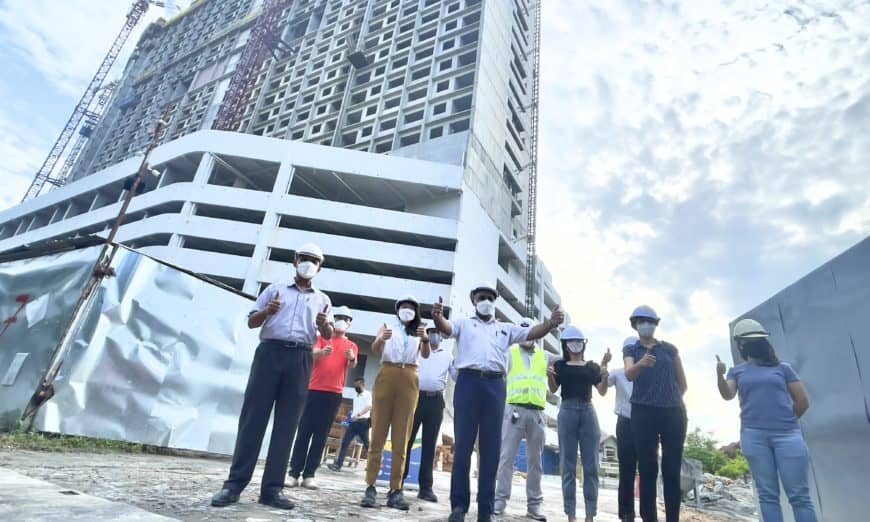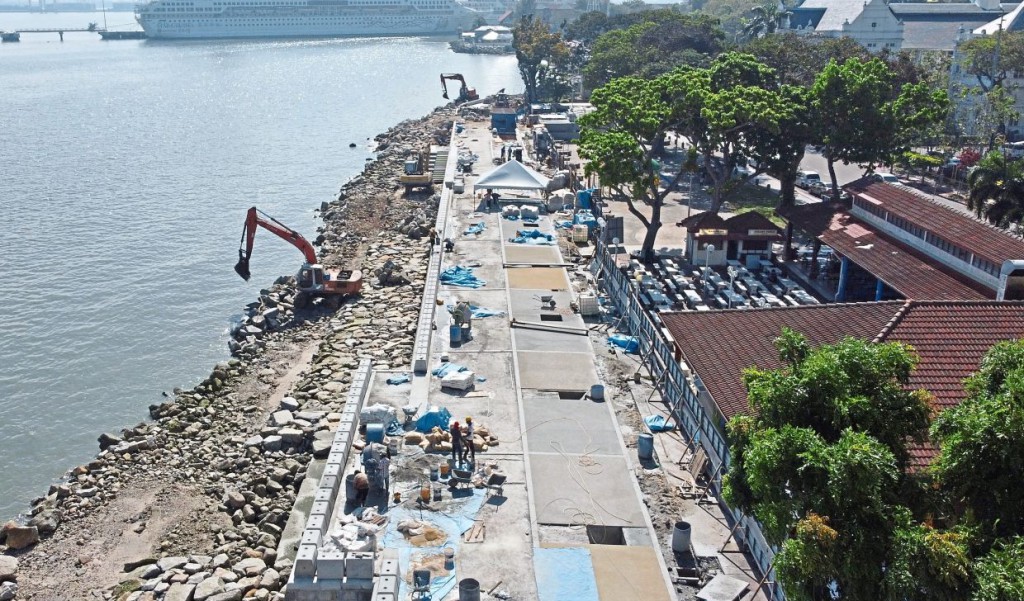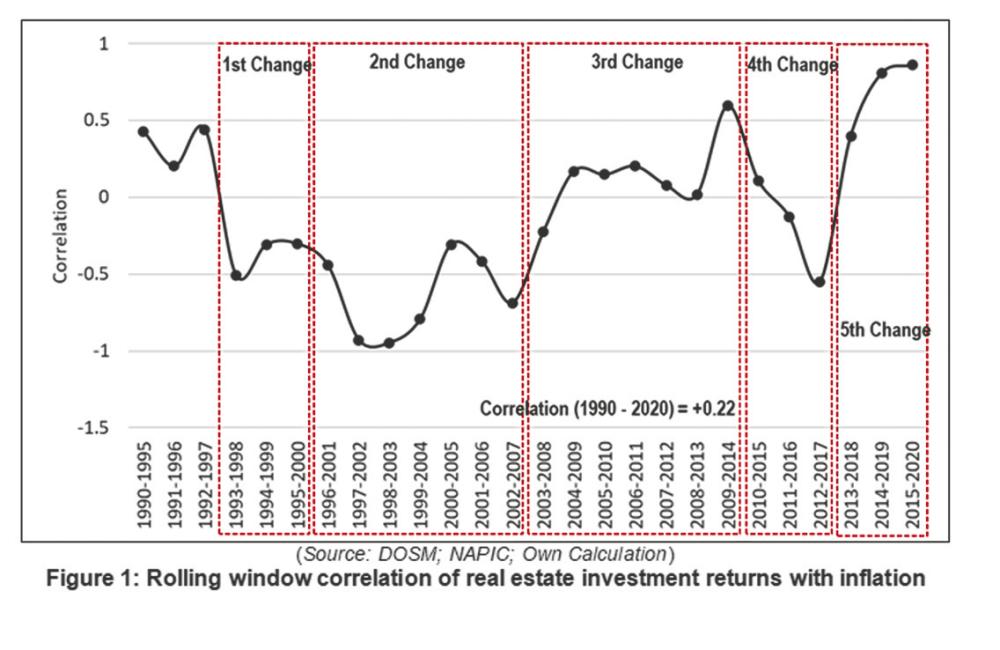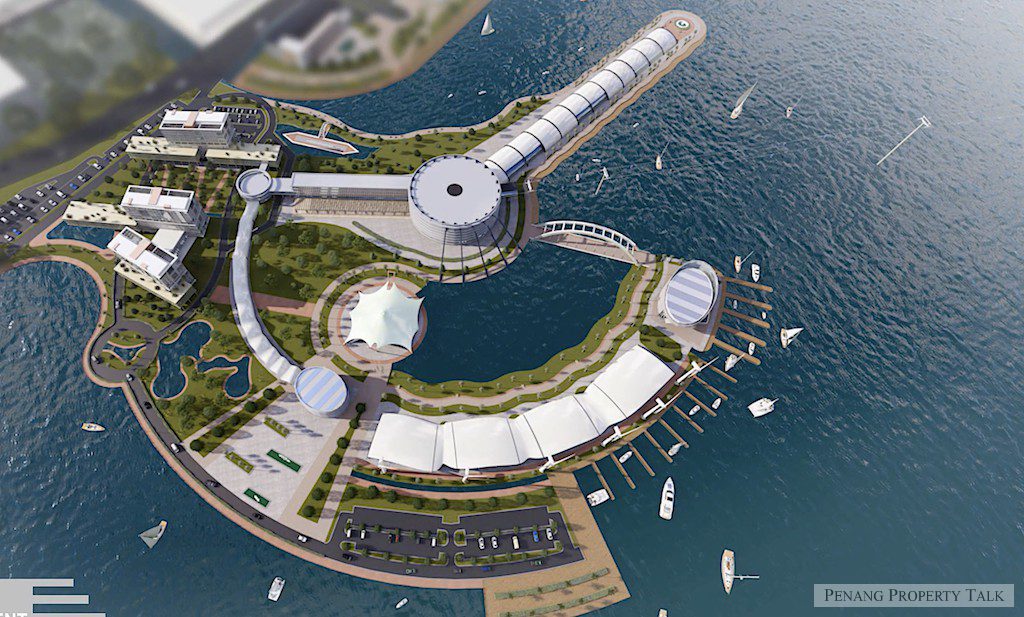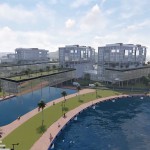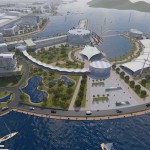Asia Green’s The Zen expected to be ready early next year
Asia Green Group’s affordable homes project, called The Zen, is progressing well and is expected to be ready by early next year, state Housing, Local Government, Town and Country Planning Committee chairman Jagdeep Singh Deo said.
Jagdeep and several staff members from the Penang Housing Board, as well as architects and representatives from Asia Green, today visited the construction site at Persiaran Bayan Mutiara in Gelugor to monitor the progress of the project.
“I understand that this project is now 60 per cent completed, and is expected to be completed by February or March next year.
“It is understood that due to the Covid-19 pandemic, the construction industry was also badly affected, causing a standstill to many residential development projects in Penang.
“We have certainly made progress since the outbreak in 2020, and despite the adversities, it is good to witness that work at such affordable homes project is ongoing.
“As this is a mixed development project, there are also condominium units as well. But, as for the affordable ones, which measures 850sq ft per unit, I understand all 1,200 units have been sold out.
“The state would like to thank players from the private sector for materialising such projects for the benefits of Penangites.
“Having a shelter over our heads is a basic fundamental human right.
“The state will continue to deliver affordable homes so that no one is left behind when it comes to owning a home, especially for first-time home buyers,” Jagdeep said during his visit to The Zen at Persiaran Bayan Mutiara in Gelugor today.
Future owners of The Zen can enjoy facilities such as a swimming pool, recreational space and others.
Separately, Jagdeep said as of now, a total of 133,313 units of various affordable homes are in multiple stages as follows, 38,190 have been built, 19,640 being built and 74,956 to be built.
“We have reached about 60.6 per cent of our target of delivering 220,000 units by 2030,” he added.
“Out of the 220,000 units, I have instructed my staff at the Housing Board to make accessible 10 per cent of it under the Rent-To-Own scheme for individuals that meet the criteria set.
“There are many who still can’t afford to buy affordable homes, so this is one way of making sure everyone gets to own a home at the end of the day,” Jagdeep added.
Among those present during the visit were Penang Housing Board chief operational officer Mohd Fauzy Mohd Yusoff, chief business officer Fakhurrazi Ibnu Omar and Asia Green’s director Tan Li Mei.
Source: Buletin Mutiara

